Introduction to Poker
As poker continues to grow in popularity, more individuals are seeking to understand the fundamentals of the game. Whether you’re a novice or a seasoned player looking to revisit the basics, this guide is designed for you.
What is Poker?
Poker is a card game that combines various skills including strategy, bluffing, and probability. Played in numerous forms across the world, poker typically involves betting and individual play, with the winner determined by their hand rankings and, in some cases, the cards held by others. It’s a game that requires skill, strategy, and a bit of luck. If you’re looking for a comprehensive guide on how to play, check out our article on how to play poker.
Why Learn Poker?
Learning poker can offer a multitude of benefits. For starters, it’s a great social activity. Poker games often involve a group of people, making it a fun way to interact and bond with friends and family. It’s also a game that can be played at various skill levels, making it accessible to beginners and challenging for seasoned players.
Moreover, poker can help enhance various cognitive skills. It requires strategic thinking, probability calculations, and the ability to read and anticipate opponents’ actions. This can help improve memory, concentration, and decision-making skills.
Lastly, poker is a form of entertainment. Whether you’re playing casually at home, online, or in a casino, it can provide hours of enjoyment. Just remember to play responsibly and within your means.
Poker is more than just a card game; it’s a journey of continual learning and skill-building. As you delve into the poker basics, you’ll discover new strategies, improve your gameplay, and, most importantly, have fun along the way. So, grab a deck of cards, pull up a seat at the table, and let’s get started.
The Basics of Poker
Understanding the poker basics is the first step towards becoming a proficient poker player. This section will explain the foundation of the game, including the deck used and the main objective.
Understanding the Deck
A standard deck of 52 cards is used in most forms of poker. The deck contains four suits: hearts, diamonds, clubs, and spades. Each suit contains 13 cards: Ace, 2, 3, 4, 5, 6, 7, 8, 9, 10, Jack, Queen, and King. Thus each deck has four aces, four kings, four queens, and so on.
| Suit | Cards |
|---|---|
| Hearts | Ace, 2, 3, 4, 5, 6, 7, 8, 9, 10, Jack, Queen, King |
| Diamonds | Ace, 2, 3, 4, 5, 6, 7, 8, 9, 10, Jack, Queen, King |
| Clubs | Ace, 2, 3, 4, 5, 6, 7, 8, 9, 10, Jack, Queen, King |
| Spades | Ace, 2, 3, 4, 5, 6, 7, 8, 9, 10, Jack, Queen, King |
In most poker games, the ace can be used as either the highest card or the lowest card, depending on the situation. For more information on how different cards are ranked, visit our article on poker hand rankings.
The Objective of the Game
The main objective of poker is to win the pot. The pot is the sum of all bets made by players during a hand. A player can win the pot in one of two ways:
- By having the best hand at showdown: At the end of each hand, if two or more players are still in the game, they reveal their cards. The player with the best hand, according to the poker hand rankings, wins the pot.
- By making all other players fold: If a player places a bet and all other players fold, the player wins the pot without having to show their cards.
Understanding these two ways to win the pot is crucial to developing a strong poker strategy. For more detailed instructions on how to play the game, check out our guide on how to play poker.
Learning the poker basics is just the start of your poker journey. As you continue to play and study the game, you will learn more about poker strategy, different poker variants, and how to read your opponents. Remember, becoming a proficient poker player takes time and practice, so don’t be discouraged if you don’t master everything right away. Happy playing!
Basic Poker Terms
Understanding poker basics means familiarizing yourself with the terminology used in the game. These terms and phrases form the language of poker and are essential for gameplay and strategy.
Common Poker Terms and Their Meanings
Here is a list of some of the most common poker terms:
| Term | Definition |
|---|---|
| Ante | A small, forced bet that all players must put into the pot before a hand starts. |
| Blinds | Forced bets posted by players to the left of the dealer button before the cards are dealt. |
| Call | To match the current bet. |
| Check | To pass the action to the next player without making a bet. |
| Fold | To forfeit any claim to the pot by discarding one’s hand. |
| Raise | To increase the current bet. |
| River | The fifth and final community card dealt in a game. |
| Turn | The fourth community card dealt in a game. |
For a more comprehensive list of poker terms, you can check out our article on poker terminology.
Poker Hand Rankings
Poker hand rankings determine the strength of your hand compared to your opponents’. The player with the highest-ranking hand wins the pot. Here are the poker hand rankings from highest to lowest:
#1 – Royal Flush
The highest possible hand in poker, consisting of the Ace, King, Queen, Jack, and Ten of the same suit.
 A♠️ |  K♠️ |  Q♠️ |   J♠️ | 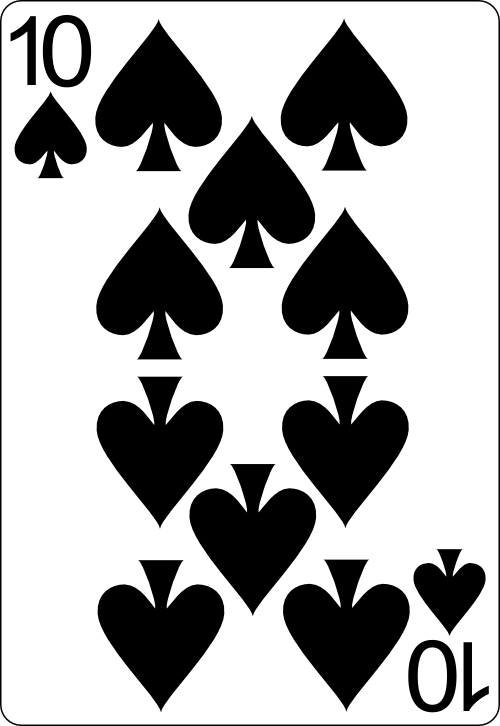   10♠️ |
#2 – Straight Flush
Five consecutive cards of the same suit.
   5♠️ |   6♠️ | 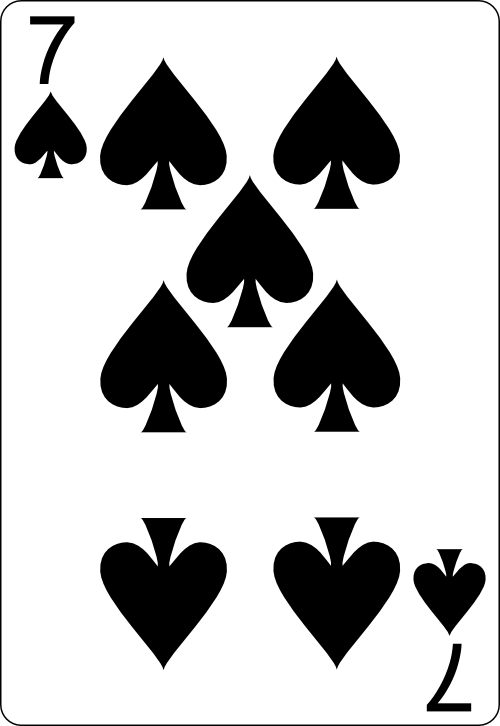   7♠️ | 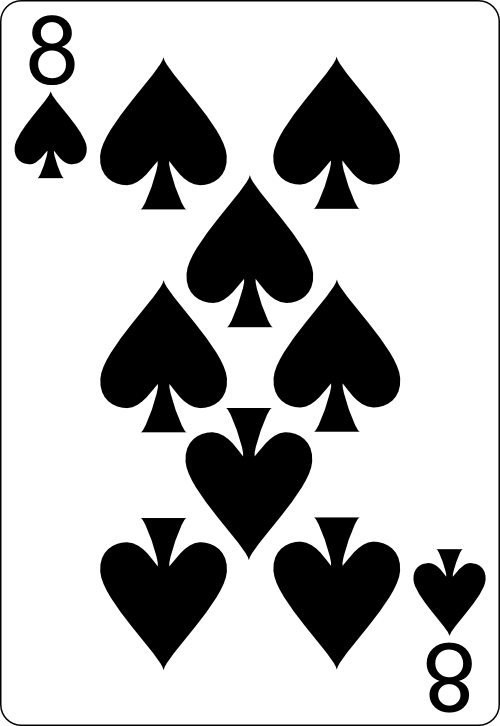  8♠️ | 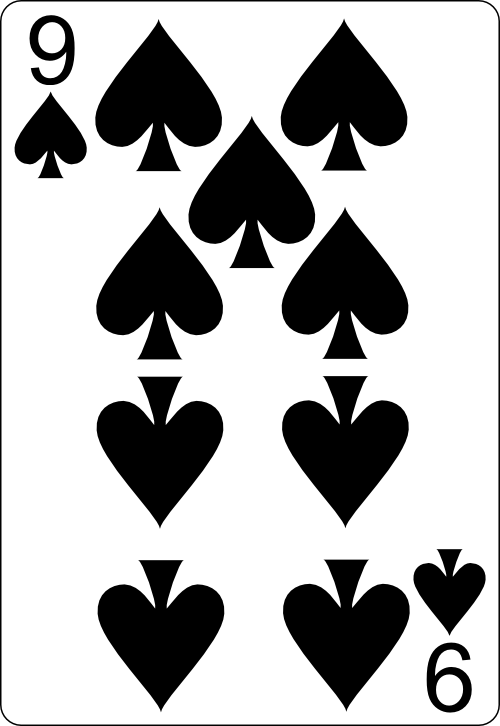    9♠️ |
#3 – Four of a Kind
Four cards of the same rank.
  4♠️ |      4♣ |   4♥️ |     4♦️ |     9♠️ |
#4 – Full House
Three cards of one rank and two cards of another rank.
  A♣️ |    A♦️ | 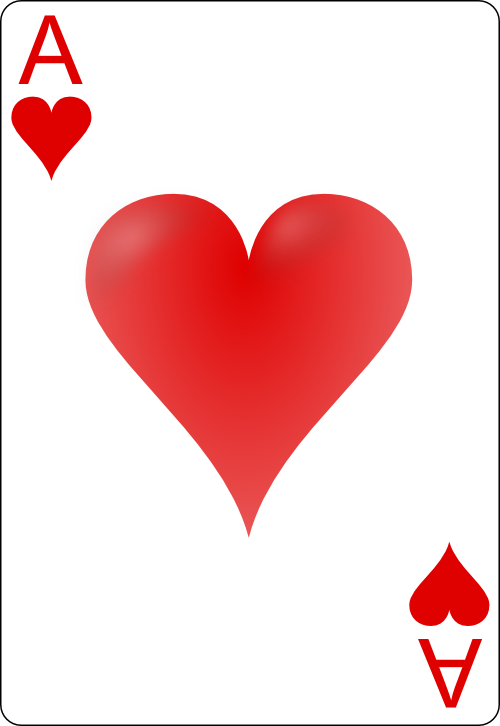   A♥️ |      4♣️ |     4♦️ |
#5 – Flush
Five cards of the same suit, not in sequence.
  5♦️ | 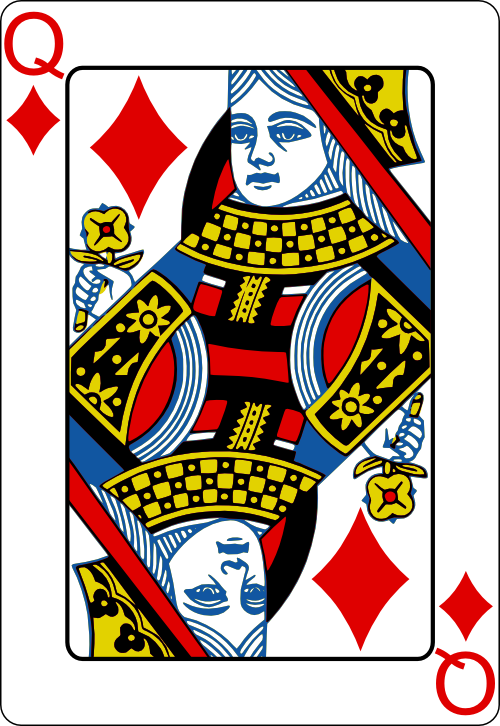  Q♦️ |   3♦️ |    10♦️ |    A♦️ |
#6 – Straight
Five consecutive cards of any suit.
  10♣️ |    J♦️ |    Q♠️ | 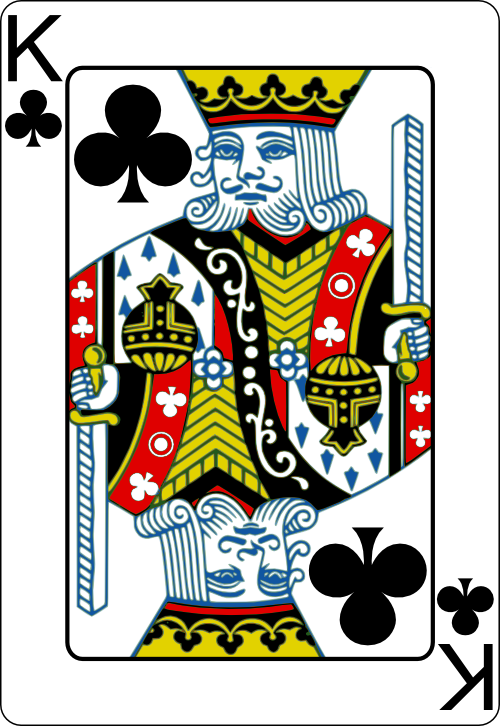  K♣️ |    A♥️ |
#7 – Three of a Kind
Three cards of the same rank.
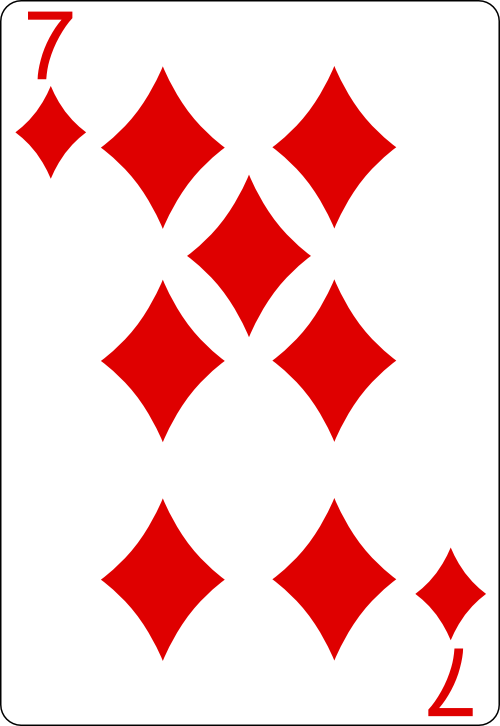  7♦️ | 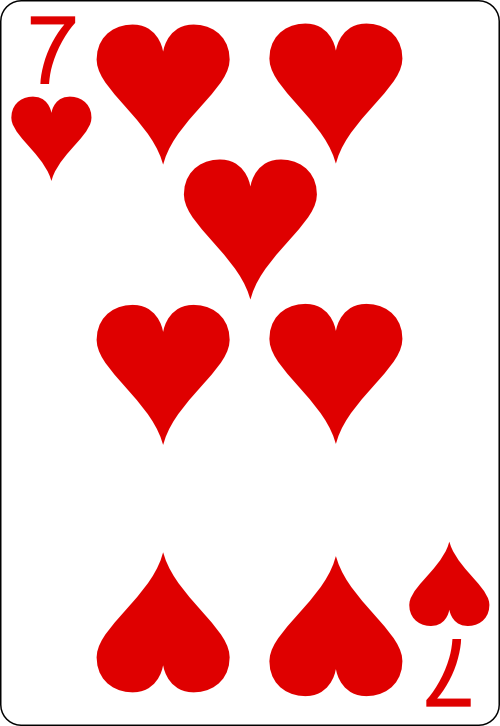  7♥️ |    7♠️ |   K♥️ | 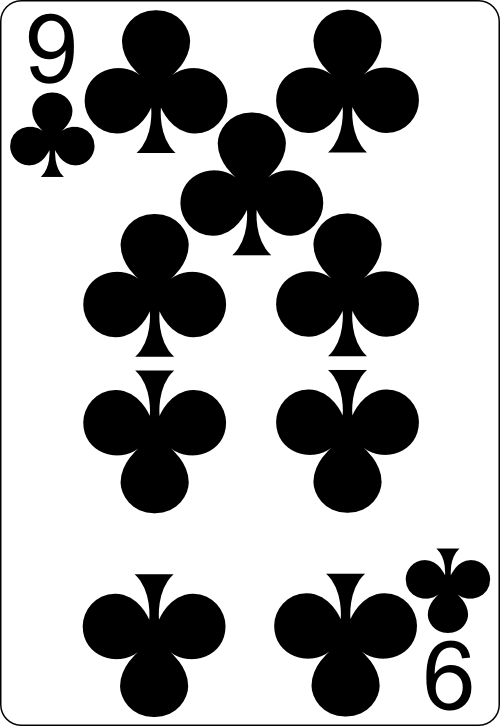  9♣️ |
#8 – Two Pair
Two different pairs of cards.
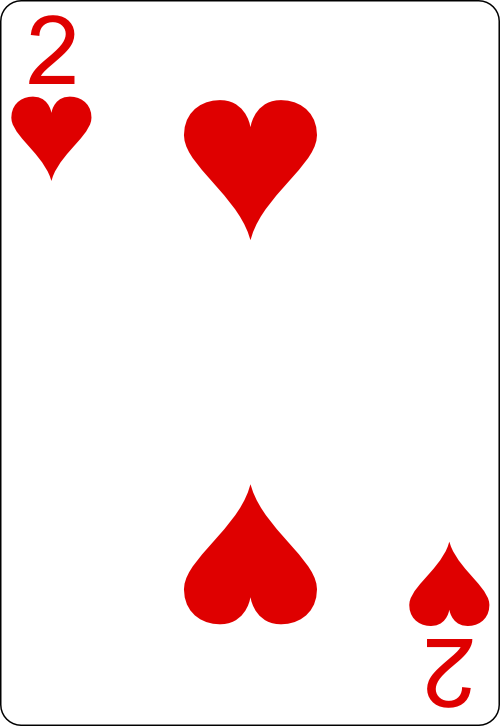    2♥️ |   2♠️ |   J♣️ |    J♦️ |     4♦️ |
#9 – Pair
Two cards of the same rank.
   10♠️ |    10♦️ |      4♣️ |    5♠️ |     2♥️ |
#10 – High Card
When you don’t have any of the above hands, your highest card is your hand.
    9♠️ | 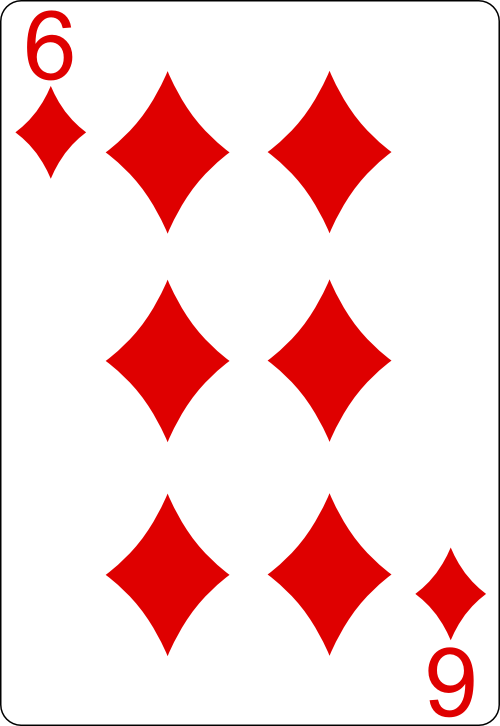  6♦️ |      4♣️ |   3♠️ |     2♥️ |
For a detailed explanation of poker hand rankings, refer to our article on poker hand rankings.
Understanding these poker terms and hand rankings is crucial for anyone learning the poker basics. It allows a player to understand the gameplay, make strategic decisions, and communicate effectively with other players at the table.
The Flow of a Poker Game
Understanding the flow of a poker game is essential when learning the poker basics. It involves several stages, including the initial deal, the betting rounds, and the showdown. These stages form the basic structure of a poker game and contribute to its dynamic and strategic nature.
The Initial Deal
In the initial deal, each player is dealt a specific number of cards. The number of cards dealt depends on the variant of poker being played. For instance, in Texas Hold’em, each player is dealt two private cards (known as ‘hole cards’), while in Seven-Card Stud, each player receives three cards, two hidden and one exposed.
The deal moves clockwise around the table, starting with the player to the left of the dealer. Once all cards have been distributed, the first round of betting begins.
The Betting Rounds
The betting rounds are the heart of the game where strategies come into play. The number and structure of betting rounds depend on the poker variant. In Texas Hold’em and Omaha, there are four betting rounds, while Seven-Card Stud features five.
During each betting round, players take turns making betting actions. These include:
- Betting: Placing a wager into the pot
- Calling: Matching the highest bet made in the current round
- Raising: Increasing the highest bet made in the current round
- Folding: Discarding one’s hand and forfeiting any chance to win the pot
Each betting round continues until every player has either matched the highest bet or folded. If all but one player folds, the remaining player wins the pot without a showdown. For a thorough understanding of betting strategy, consult our guide on poker starting hands.
The Showdown
The showdown occurs after the final betting round, provided there are at least two players remaining. Players show their hands, and the player with the best hand (according to the poker hand rankings) wins the pot.
If there’s a tie, the pot is split equally among the winning hands. It’s important to note that in some poker variants, the player who made the last bet or raise is required to show their hand first.
Understanding the flow of a poker game is crucial to mastering the poker basics. It provides the framework within which all poker strategy is applied. As you gain experience, you’ll start to see how each stage of the game offers opportunities for strategic decision-making. To further your understanding of poker, check out our comprehensive guide on how to play poker.
Basic Poker Strategies
Mastering the poker basics requires understanding more than just the rules of the game. Developing effective strategies, such as knowing which starting hands to play, understanding your position at the table, and learning to read your opponents, can greatly enhance your chances of winning.
Starting Hands
The importance of your starting hands in poker cannot be overstated. These initial cards can set the tone for the rest of the game, so it’s crucial to make calculated decisions about whether to play, raise, or fold.
As a general rule, strong starting hands include high pairs (like a pair of Queens, Kings, or Aces) or two high-value cards of the same suit, which have the potential to form a Flush. On the other hand, low-value, mismatched cards are typically considered weak starting hands.
Remember, playing too many hands can be a common downfall for beginners. It’s important to be selective and play only those hands that have a good chance of winning. For a comprehensive guide on starting hands, check out our article on poker starting hands.
Position on the Table
Your position on the table refers to the order in which you act during a round of betting. This can significantly affect your strategy, as players who act later have the advantage of observing the actions of their opponents before making a decision.
In general, the later your position, the more information you have at your disposal, and the wider range of hands you can play. Early positions require a more cautious strategy, as there are fewer information about what other players might do.
Reading Your Opponents
One of the most valuable skills in poker is the ability to read your opponents. This involves observing their behavior, betting patterns, and reactions to determine what kind of hand they might have and how they might play it.
For example, if an opponent frequently raises, they might have a strong hand. Likewise, an opponent who hesitates before making a bet might be unsure about their hand, signaling weakness.
Remember, reading opponents isn’t just about watching for physical tells. It’s about understanding their overall playing style and strategies. This requires patience, focus, and practice.
By mastering these basic poker strategies, you’ll be well on your way to improving your game. Keep in mind that poker is a game of skill and strategy as much as it is about luck. The more you practice these strategies, the better you’ll become. So, don’t be afraid to put what you’ve learned into action in your next game. For more tips and strategies, visit our comprehensive guide on how to play poker.
Common Poker Variants
As part of the journey to grasp poker basics, it’s essential to understand the different game variants. While there are countless forms of poker, we’ll focus on three of the most popular: Texas Hold’em, Omaha, and Seven-Card Stud.
Texas Hold’em
Arguably the most widespread and well-known variant, Texas Hold’em is often the first type of poker that beginners learn. It’s also the game of choice for many high-stakes tournaments around the world.
In Texas Hold’em, each player receives two private cards (known as ‘hole cards’) that belong to them alone. Five community cards are dealt face-up on the ‘board.’ All players in the game use their two hole cards along with the five community cards to create the best possible five-card poker hand. The player with the best hand (or the last remaining player after all others have folded) wins the pot. For more information on poker hand rankings, check out our guide on poker hand rankings.
Omaha
Omaha, often referred to as Omaha Hold’em, follows a similar structure to Texas Hold’em but with a few key differences. In Omaha, each player is dealt four private cards instead of two. However, they must use exactly two of their hole cards and three of the five community cards to form a five-card poker hand.
These extra two cards in Omaha create a game where players frequently hit strong hands. As a result, Omaha often sees more action, making it a favorite among players who enjoy a more dynamic game.
Seven-Card Stud
Before the rise of Texas Hold’em and Omaha, Seven-Card Stud was the most popular poker game. Unlike the previous two variants, Stud involves no community cards. Each player is dealt a total of seven cards, some face up and some face down. The aim is to make the best possible five-card hand from these seven cards.
Seven-Card Stud involves a mix of visible and hidden information. This adds a layer of complexity, making it a game where careful observation and strategy are key. To learn more about how to choose starting hands in poker, visit our article on poker starting hands.
Understanding these poker variants is a crucial step in mastering the poker basics. Each game provides a unique challenge and requires a different strategic approach. Whether you’re drawn to the simplicity of Texas Hold’em, the action of Omaha, or the complexity of Seven-Card Stud, there’s a poker game out there to suit your preferences.
Getting Started with Poker
Once you’ve understood the poker basics, it’s time to take the next step. This involves learning the rules, practicing the game, and finally joining a poker game.
Learning the Rules
The first step in mastering poker is to understand the rules of the game. This includes familiarizing yourself with the deck, the objective of the game, poker hand rankings, and the flow of a poker game. Our articles on how to play poker and poker hand rankings provide a comprehensive overview of the basic rules and concepts.
In addition to the rules, it’s also important to understand the commonly used poker terminology. This will not only improve your understanding of the game but also enable you to communicate effectively with other players. For a detailed list of poker terms and their meanings, check out our poker terminology article.
Practicing the Game
Once you’ve got a grasp of the rules, it’s time to put that knowledge into practice. Start by playing practice games with friends or family, or consider using online platforms that offer free poker games. This will give you the opportunity to familiarize yourself with the flow of the game and apply the strategies you’ve learned.
During practice sessions, pay special attention to the starting hands. Knowing which hands to play and which to fold is crucial in poker. Our article on poker starting hands can help you make better decisions at the beginning of each round.
Joining a Poker Game
After you’ve spent some time practicing, you might feel ready to join a poker game. This could be a friendly game at a local club, a tournament at a casino, or an online game on a reputable platform. Remember, each game can be a learning experience, so don’t be disheartened by losses. Instead, use them as opportunities to learn and improve your strategies.
When joining a poker game, always start with low stakes games, especially if you’re a beginner. This will allow you to gain experience without risking too much. As your skills and confidence grow, you can gradually move on to games with higher stakes.
Starting your poker journey can seem daunting, but with patience, practice, and the right resources, you can master the poker basics and become a formidable player. So, go ahead and start your poker journey today. Happy gaming!

